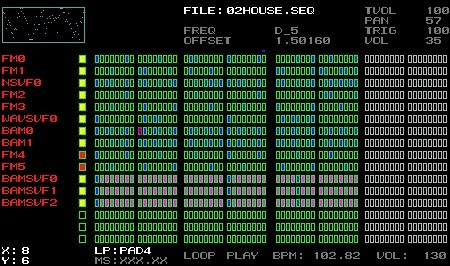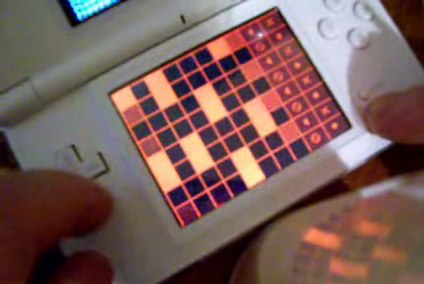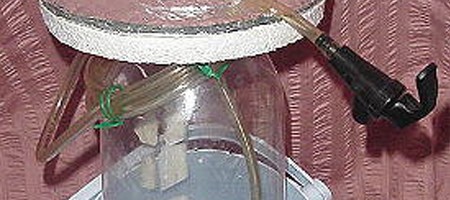
[Codejunkie] has written up a great explanation as to why we mod. He’s specifically talking about the Sony PSP, but many of the points he makes carry over to any modding. Though the “why” question may seem like a no brainer to most of us, we do hear it a lot. We strongly suggest you take a few moments to read his article.
Who hasn’t been asked this question? We all have different reasons to mod things. Some people do it to make improvements, some people do it just for the fun. He lists some of the more practical reasons and makes some insightful comparisons.
For example, he likens some modding to making personalizations to your car. Has anybody asked why you put a custom shifter knob on? No, because we are used to this, just as they are used to being locked out of their electronics. He also talks about products that are crippled from the factory. We’ve covered this situation on Hack a Day before. Is it wrong for you to want your product to function to its built in potential?
He covers a few thoughts on homebrewing software for the PSP as well. There’s no reasonable explanation for why you shouldn’t have full control over something you own.
















